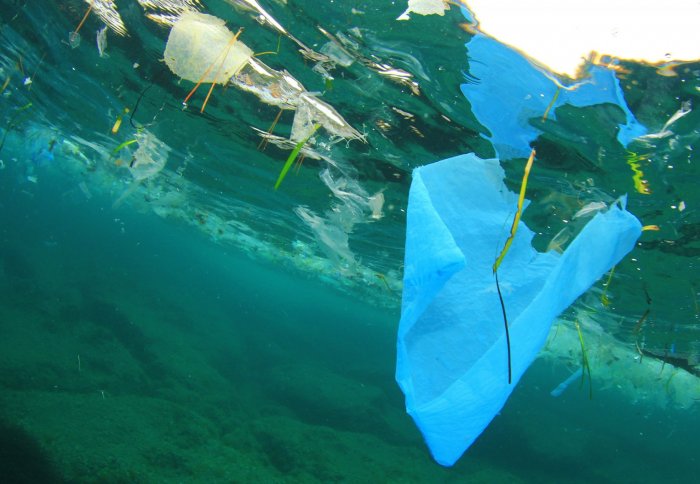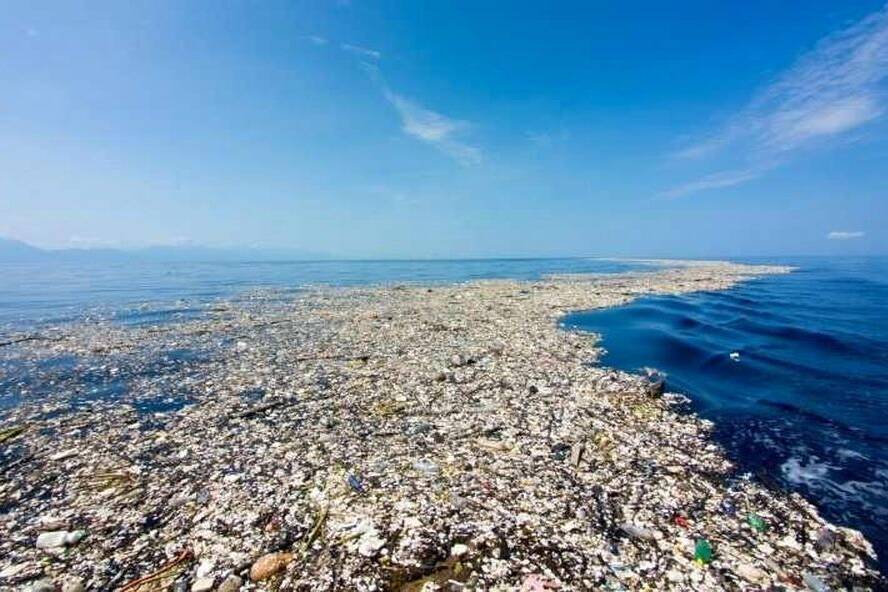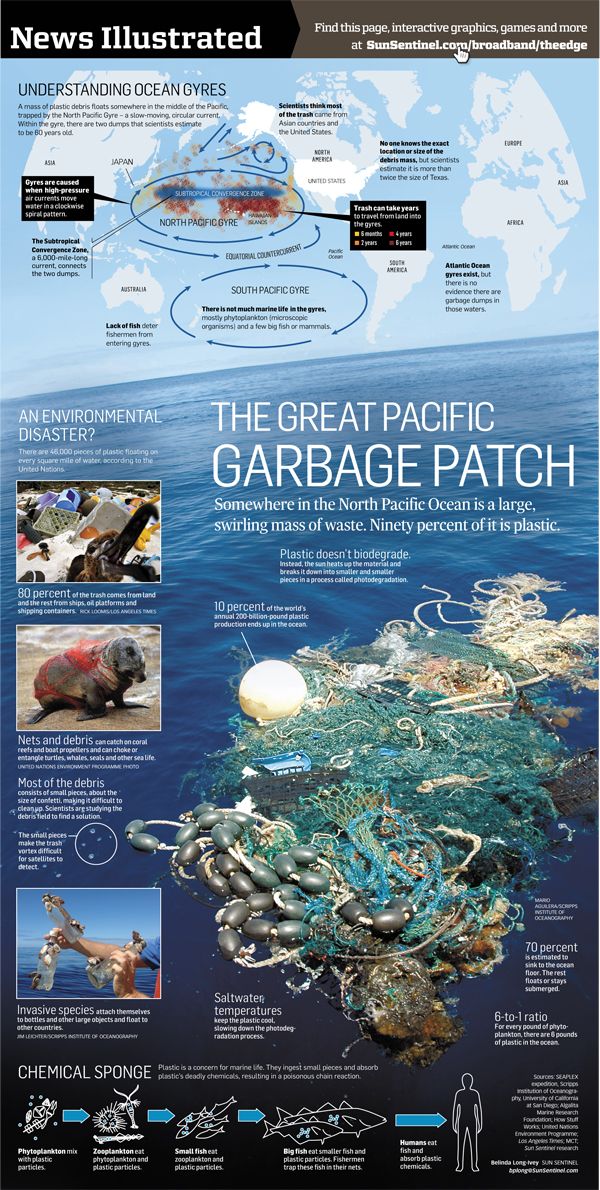

The Ocean Cleanup says the Great Pacific Garbage Patch is one of the largest marine debris patches in the world. "We still have a lot of things to iron out, but one thing we know now is that, with a small fleet of these systems, we can clean this up." "While it's just the tip of the iceberg, these kilograms are the most important ones we will ever collect, because they are proof that cleanup is possible," Slat said in the release. In total, the organization says, it collected 63,182 pounds of plastic from the ocean during its test extractions. Among the haul were items such as toilet seats, toothbrushes, laundry baskets, shoes, sleds and fishing gear. The organization completed its final test of the system last week, and on October 14, The Ocean Cleanup tweeted it had gathered 9,000 kilograms - more than 19,841 pounds - of debris.
#Pacific garbage patch series#
They conducted a series of tests over the course of 12 weeks, each one consisting of the system being taken offshore to safely gather plastic from the ocean. In July, The Ocean Cleanup, which has been developing a system to help clean up the Great Pacific Garbage Patch, took its first large-scale cleanup system, called System 002, or Jenny, to the Pacific.

For years, researchers said it might not be possible to remove the Great Pacific Garbage Patch, but now, one non-profit is proving them wrong. He hopes that by revealing what’s going on “below the surface” he can “inspire people to stop using single-use plastic and to rethink the way we live.In the Pacific Ocean between Hawaii and California floats a massive collection of debris that has long been accumulating trash - from fishing nets to microplastics - known to be harmful to the marine environment. Ben Lecomte says his face-to-face experience with the Pacific’s garbage has prompted him to reduce his consumption of plastic. She points to companies such as Filtrol that are developing filters that remove microfibers from washing machine outflows.Īwareness-raising is another priority. It is hard to conceive of a way to remove microfibers from the ocean on a grand scale, says Royer, but she hopes that scientific data will prompt policymakers to legislate for technical fixes to prevent the fibers entering the ocean in the first place. Research on the impact of microfibers is in its infancy and “we don’t know if that would have health consequences for people who eat the fish,” she says. “Finding microfibers would show that they are not always excreted by the fish but can pass through cell walls and get lodged in flesh,” she says. Thousands of people have stopped flying because of climate change Scattered into the air or flushed down water pipes, the fibers eventually reach the ocean via waterways.

When laundered, a standard, six-kilogram load of synthetic fiber clothing releases “about 700,000 microfibers,” she says. “Most of our clothes nowadays are made out of different types of plastic including polyester, nylon, Lycra, polypropylene … and they shed microfibers at all times,” says Royer. Read: Bringing back bison to restore America’s lost prairie She is examining the samples for plastic microfibers – microscopically small plastic threads that are a mounting cause for concern. The crew sent samples of seawater and slices of fish flesh to Sarah-Jeanne Royer, a marine plastics expert at Scripps Institution of Oceanography and the expedition’s lead scientist on dry land. “It was really disturbing,” says McWhirter, “but we still ate it.” Plastic fragments were not visible in most of the dissected fish, but one mahi mahi had a piece of plastic in its stomach that was macro – not micro – in size.

The stomach of a mahi mahi fish, caught by the crew, contained two small fish, three squid beaks and a large piece of vexar - a plastic commonly used by the shellfish farming industry.


 0 kommentar(er)
0 kommentar(er)
